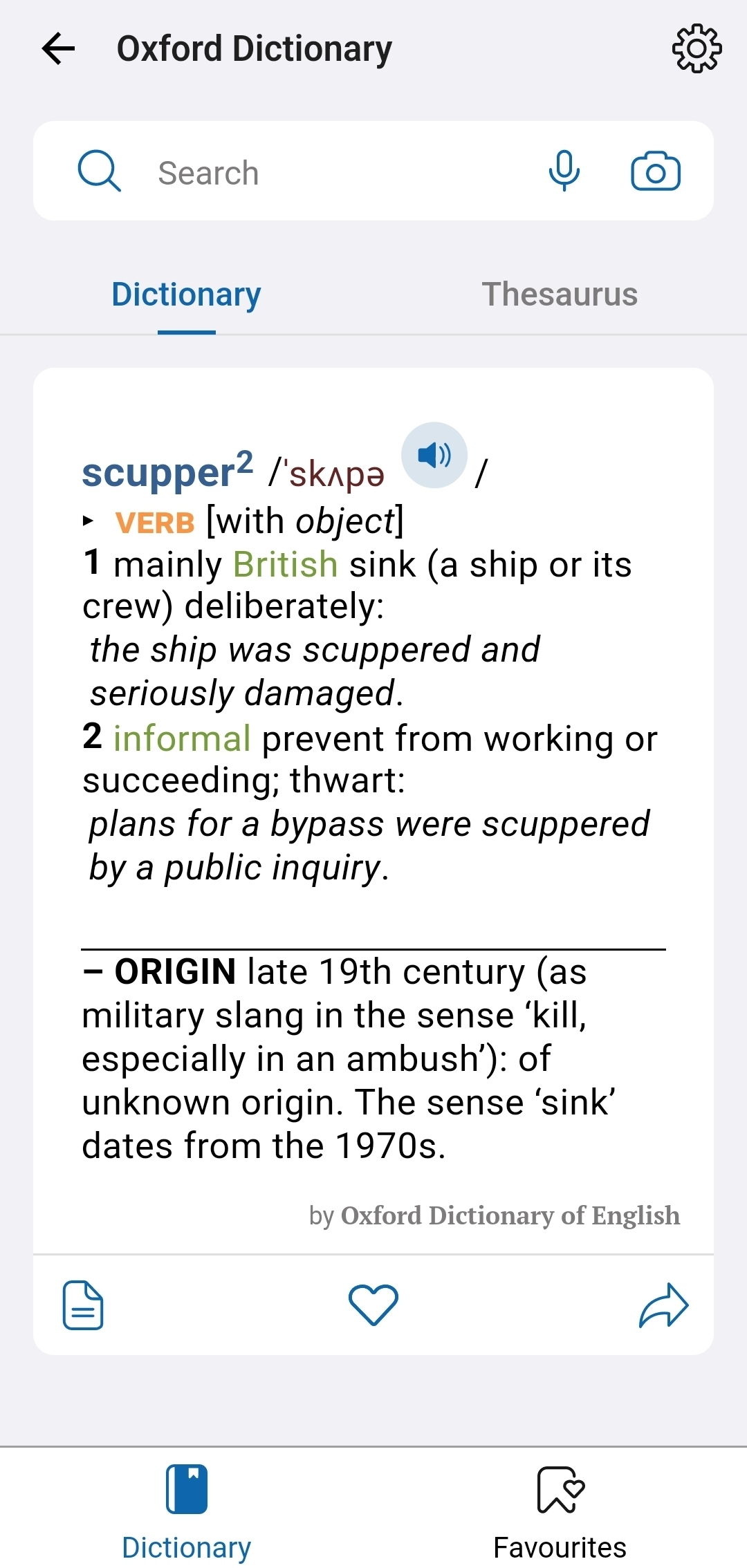

Something that I’ll definitely keep an eye on. Thanks for sharing!
Husband, father, kabab lover, history buff, chess fan and software engineer. Believes creating software must resemble art: intuitive creation and joyful discovery.
Views are my own.


Something that I’ll definitely keep an eye on. Thanks for sharing!


That sounds a great starting point!
🗣Thinking out loud here…
Say, if a crate implements the AutomatedContentFlagger interface it would show up on the admin page as an “Automated Filter” and the admin could dis/enable it on demand. That way we can have more filters than CSAM using the same interface.

Thanks all for your feedback 🙏 I think everybody made a valid point that the OOTB configuration of 33 requests/min was quite useless and we can do better than that.
I reconfigured timeouts and probes and tuned it down to 4 HTTP GET requests/minute out of the box - see the configuration for details.
🌐 A pre-release version is available at lemmy-meter.info.
For the moment, it only probes the test instances
I’d very much appreciate your further thoughts and feedback.

Agreed. It was a mix of too ambitious standards for up-to-date data and poor configuration on my side.

sane defaults and a timeout period
I agree. This makes more sense.
Your name will be associated with abuse forevermore.
I was going to ignore your reply as a 🧌 given it’s an opt-in service for HTTP monitoring. But then you had a good point on the next line!
Let’s use such important labels where they actually make sense 🙂

beyond acceptable use
Since literally every aspect of lemmy-meter is configurable per instance, I’m not worried about that 😎 The admins can tell me what’s the frequency/number they’re comfortable w/ and I can reconfigure the solution.
You can hit the endpoint /api/v3/site for information about an instance including the admins list.
Exactly what I was looking for. Thanks very much 🙏

Thanks for the link. Had no idea about that.


This is quite intriguing. But DHH has left so many details out (at least in that post) as pointed out by @breadsmasher@lemmy.world - it makes it difficult to relate to.
On the other hand, like DHH said, one’s mileage may vary: it’s, in many ways, a case-by-case analysis that companies should do.
I know many businesses shrink the OPs team and hire less experienced OPs people to save $$$. But just to forward those saved $$$ to cloud providers. I can only assume DDH’s team is comprised of a bunch of experienced well-payed OPs people who can pull such feats off.
Nonetheless, looking forward to, hopefully, a follow up post that lays out some more details. Pray share if you come across it 🙏


Love the attitude 💪 Let me know if you need help in your quest.


I see.
So what do you think would help w/ this particular challenge? What kinds of tools/facilities would help counter that?
Off the top of my head, do you think


Interesting topic - I’ve seen it surface up a few times recently.
I’ve never been a mod anywhere so I can’t accurately think what workflows/tools a mod needs to be satisfied w/ their, well, mod’ing.
For the sake of my education at least, can you elaborate what do you consider decent moderation tools/workflows? What gaps do you see between that and Lemmy?
PS: I genuinely want to understand this topic better but your post doesn’t provide any details. 😅
I just love the “Block User” feature. Immediate results w/ zero intervention by the mods 😆


Nice! Good to see this idea becoming more common 👍
I personally use Firefox Relay which gives me better control for my workflow - I usually need my temporary e-mails to last a bit longer, eg a week or a month.
On another note, the post clickable URL opens the Lemmy instace landing page and not that of the disposable email service.


Would be lovely to have a download per release diagram along w/ the release date (b/c Summer matters in the FOSS world 😆)

TIL indeed!
| Verb | Noun |
|---|---|
 |
 |

Thanks all for the input 🙏
I did a quick experiment w/ the APIs and I think I have identified the ones I’d need. Obviously, all is open source (GPLv3) available on github: lemmy-clerk
As the next step, I’m going to expose that data to Prometheus for scraping.

I still haven’t made up my mind as to what is a good interval. But I think I’ll take a per-endpoint approach, hitting more expensive ones less frequently.
So far I can only think of 4-5 endpoints/URLs that I should hit in every iteration as outlined in the post above.
web/mobile home feed
web/mobile create post/comment
web/mobile search
I think those will cover most of the usecases.
OK, I think I see your point more clearly now. I suppose that’s what many others do (apparently I don’t represent the norm ever 😂.)
So tags can be useful for not only listening but also discovery.
I guess my concern RE tag & community competing. But I’ve got no prior experience designing a social/community based application to be confident to take my case to the RFC.
Hopefully time will prove me wrong.

Thanks. Yes, lemmy-status.org was where I got the initial idea 💯
automatic list
For the website I’m thinking about, I’d rather keep it exclusively opt-in. I don’t wish to add any extra load since most of the instances are running off of enthusiasts’ pockets.
Good question!
IMO a good way to help a FOSS maintainer is to actually use the software (esp pre-release) and report bugs instead of working around them. Besides helping the project quality, I’d find it very heart-warming to receive feedback from users; it means people out there are actually not only using the software but care enough for it to take their time, report bugs and test patches.